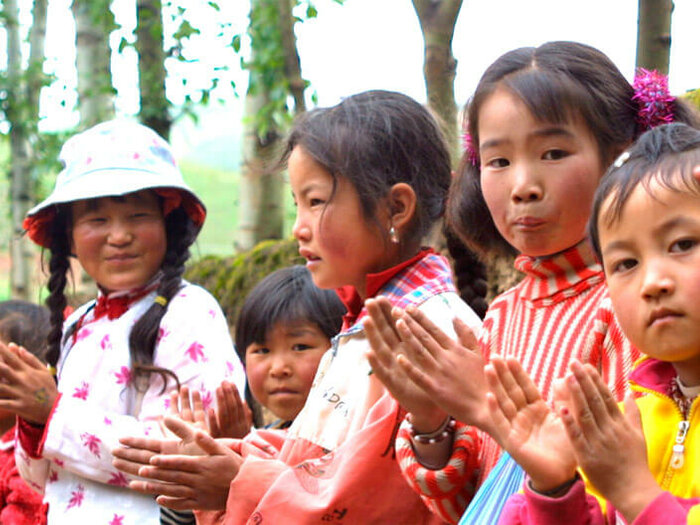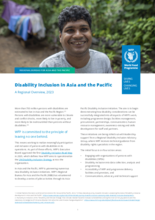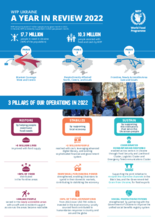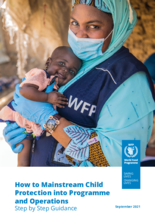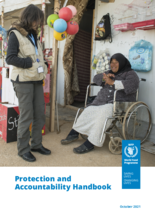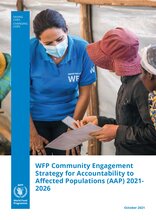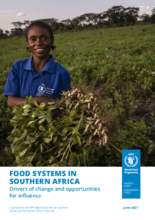Programme design
- 201
- projects carried out by the World Food Programme in 2015
- 93 percent
- of our projects are implemented together with partners
Once focused on the delivery of food to hungry people, programme design at the World Food Programme (WFP) continues to evolve into a much more elaborate function in response to an increasingly complex humanitarian and development environment. This is because:
- Responding to the evolving nature of food insecurity and international development assistance, the shift from food aid to food assistance has repositioned WFP from a provider of food to that of broader hunger solutions. This has opened up a palette of programming options, both in terms of the objectives pursued (often more than one) and the best way to achieve them. Each of these options, in turn, is subject to comprehensive assessments, analyses, consultations and evaluation procedures.
- The new Sustainable Development Goals (SDGs) acknowledge global development as requiring both multi-disciplinary and cross-cutting efforts. The SDGs’ interdependent and mutually reinforcing nature supposes a much higher level of harmonization than before, both within WFP and between WFP and its partners.

